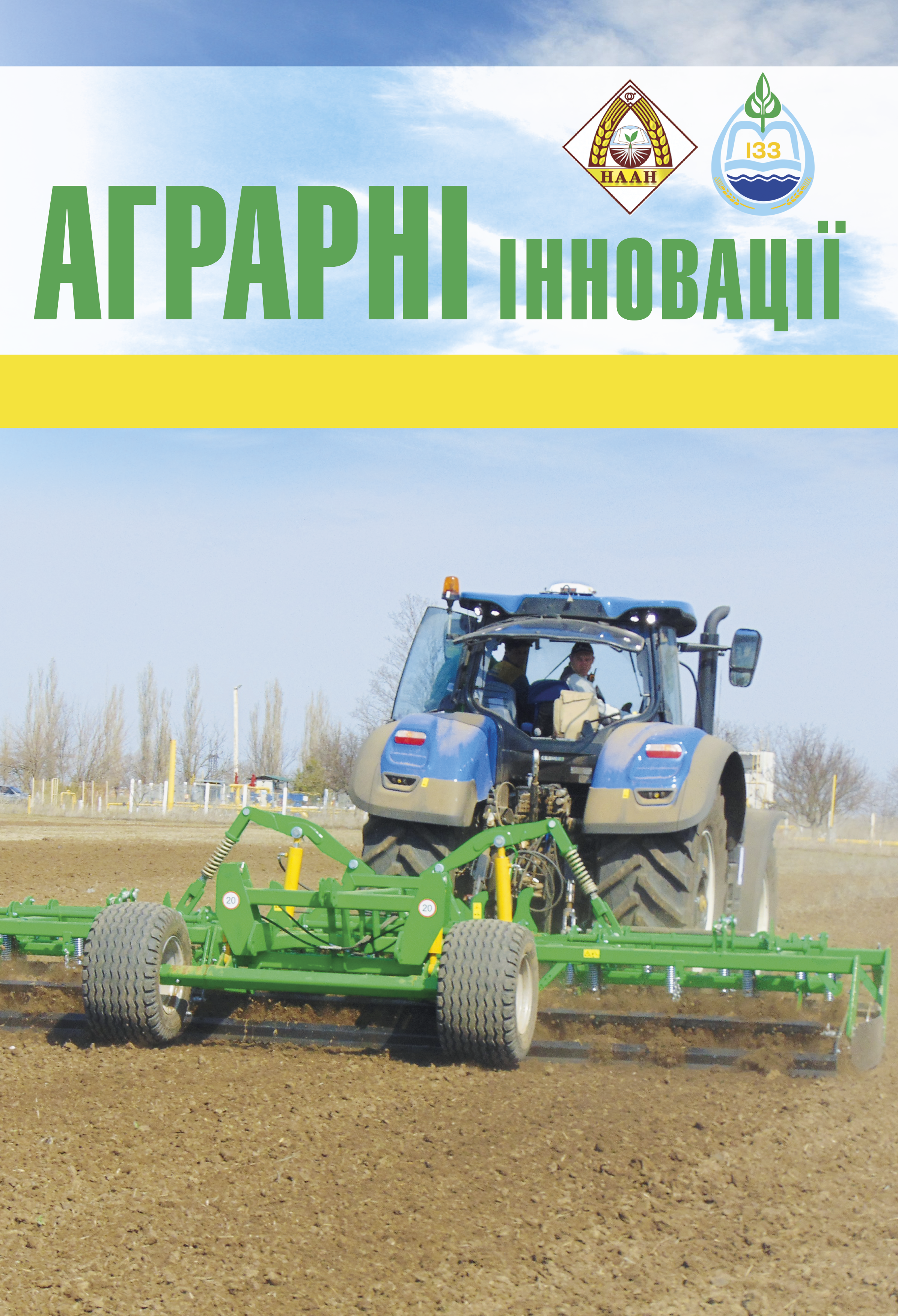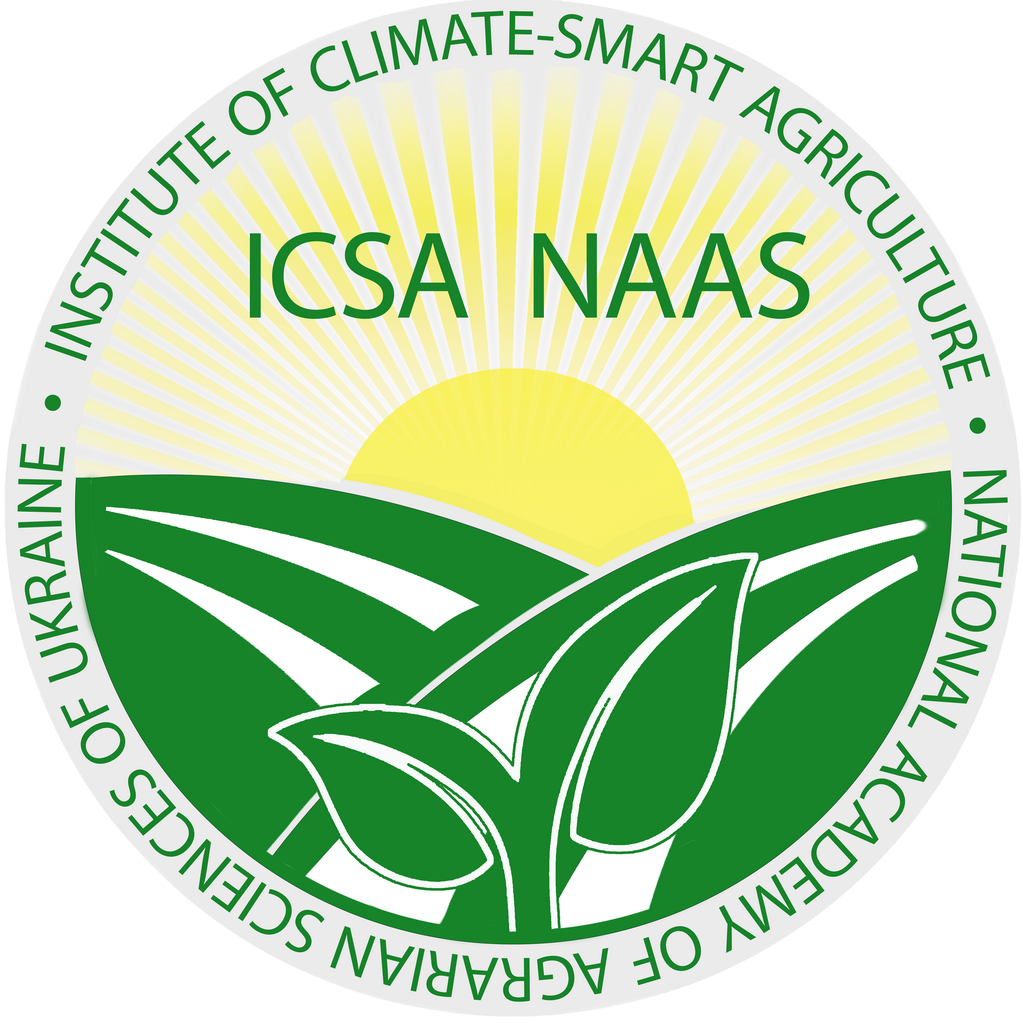Biochemical composition of amaranth phytomass depending on the variety and fertilizer system
Abstract
There is a growing global demand for new high-performance crops. Amaranth is a promising alternative to traditional cereal crops, as it is much more resistant to extreme weather conditions and produces higher yields in unfavorable climatic conditions. Due to the high nutritional value of amaranth, the demand for this crop is growing not only in the food industry, but also in the cosmetics and pharmaceutical industries. Growing amaranth can become an important industry for agricultural business development. The article highlights the results of the study of the biochemical composition of amaranth phytomass depending on the variety and fertilization system. The influence of the use of mineral fertilizers in the cultivation of amaranth plants on the content of the main biochemical components, such as calcium, fat, fiber and other nutrients in amaranth plants, was analyzed. The study covers several amaranth varieties, including Helios, Creamy Early and Sterkh. It was found that the application of mineral fertilizers (N60P60K60 systems) has a positive effect on increasing the concentration of nutrients, especially calcium, in the phytomass of amaranth compared to the control variants. This increases the value of the plant as a fodder and food crop. Mineral fertilizers promote active growth and development of plants, which in turn leads to an increase in yield. Improved nutrition of the root system allows amaranth to use water and nutrients from the soil more efficiently, which contributes to overall biomass growth. Since amaranth can grow on poor and damaged soils, the application of mineral fertilizers helps to restore the fertility of such lands. This is important for the rehabilitation of areas affected by military operations or other anthropogenic impacts. The results obtained can be used to develop optimal agronomic approaches to amaranth cultivation in order to increase its productivity and product quality. The research results show that the quality indicators of amaranth phytomass depend on the characteristics of the variety and the rate of mineral fertilizers. It was found that the provision of plants with mineral nutrition elements through the application of mineral fertilizers has a positive effect on the formation of quality indicators of amaranth phytomass. Thus, optimization of the elements of cultivation technology in combination with the application of mineral fertilizers provides a high level of crop productivity.
References
2. Артем’єва К.С. Ефективність позакореневих підживлень рідкими органо-мінеральними добривами посівів ячменю ярого. Агрохімія і грунтознавство. 2015. Вип.83. С. 110-113.
3. Рослинницькі аспекти та агроекологічні засади вирощування сорго зернового на півдні України / Базалій В.В. та ін. Таврійський науковий вісник. Серія: Сільськогосподарські науки. 2015. Вип.91. С. 3-6.
4. Bezuhla L. Economic aspect of territorial production of amaranth, hemp and sorgo in Ukraine. Economy and Society. 2021. P.25.
5. Дзюндзя, О., Звагольська, К. М. Аналіз нетрадиційної борошняної сировини для виробництва хлібобулочних виробів. Таврійський науковий вісник. Серія: Технічні науки. 2021 Вип. 117(1). С. 22-29.
6. Gebremariam, G., Assefa, D. Nitrogen fertilization effect on grain sorghum (Sorghum bicolor L. Moench) yield, yield components and witchweed (Striga hermonthica (Del.) Benth infestation in Northern Ethiopia. International Journal of Agricultural Research. 2015. Vol.10(1). P.14–23.
7. Guo P. Т., He W. L., Liu J. L., Wang Y. M. Grain amaranth composite biscuit composition and preparing method thereof and grain amaranth composite biscuits. Academy agricultural sci china. 2017. URL: https: //worldwide.espacenet.com/patent/search/family/060100124/publication/cn1072792_29a?q=amaranth%20cookies.
8. Nasirpour-Tabrizi P., Azadmard-Damirchi S., Hesari J., Piravi-Vanak Z. Amaranth Seed Oil Composition. In V. Y. Waisundara (Ed.), Nutritional Value of Amaranth. Intech Open. 2020. doi: 10.5772/intechopen.91381
9. Pivovarov A., Mykolenko S., Hez’ Y., Shcherbakov S. Plasma-chemically activated water influence on staling and safety of sprouted bread. Journal of Food Science and Technology. 2018. Vol.12(2), P.100-107.
10. Procopet O., Oroian M. Amaranth Seed Polyphenol, Fatty Acid and Amino Acid Profile. Applied Sciences. 2022. Vol.12(4), P.2181.
11. Можарівська І. А. Агроекологічна оцінка вирощування енергетичних культур в умовах радіоактивного забруднення Полісся України : автореф. дис. к. с.-г. н.: 03.00.16. м. Житомир, 2020. 26 с.
12. Романчук Л.Д., Кравчук Т.В. Вміст важких металів у зерні амаранту при вирощуванні в умовах Полісся України. Таврійський науковий вісник. Серія: Сільськогосподарські науки. 2023. Вип. 134. С. 348-352.
13. Вишнівський П.С., Кравчук Т.В. Вміст важких металів у фітомасі амаранту при вирощуванні в умовах Полісся України. Таврійський науковий вісник. Серія: Сільськогосподарські науки. 2022. Вип. 128. С. 52-57.






